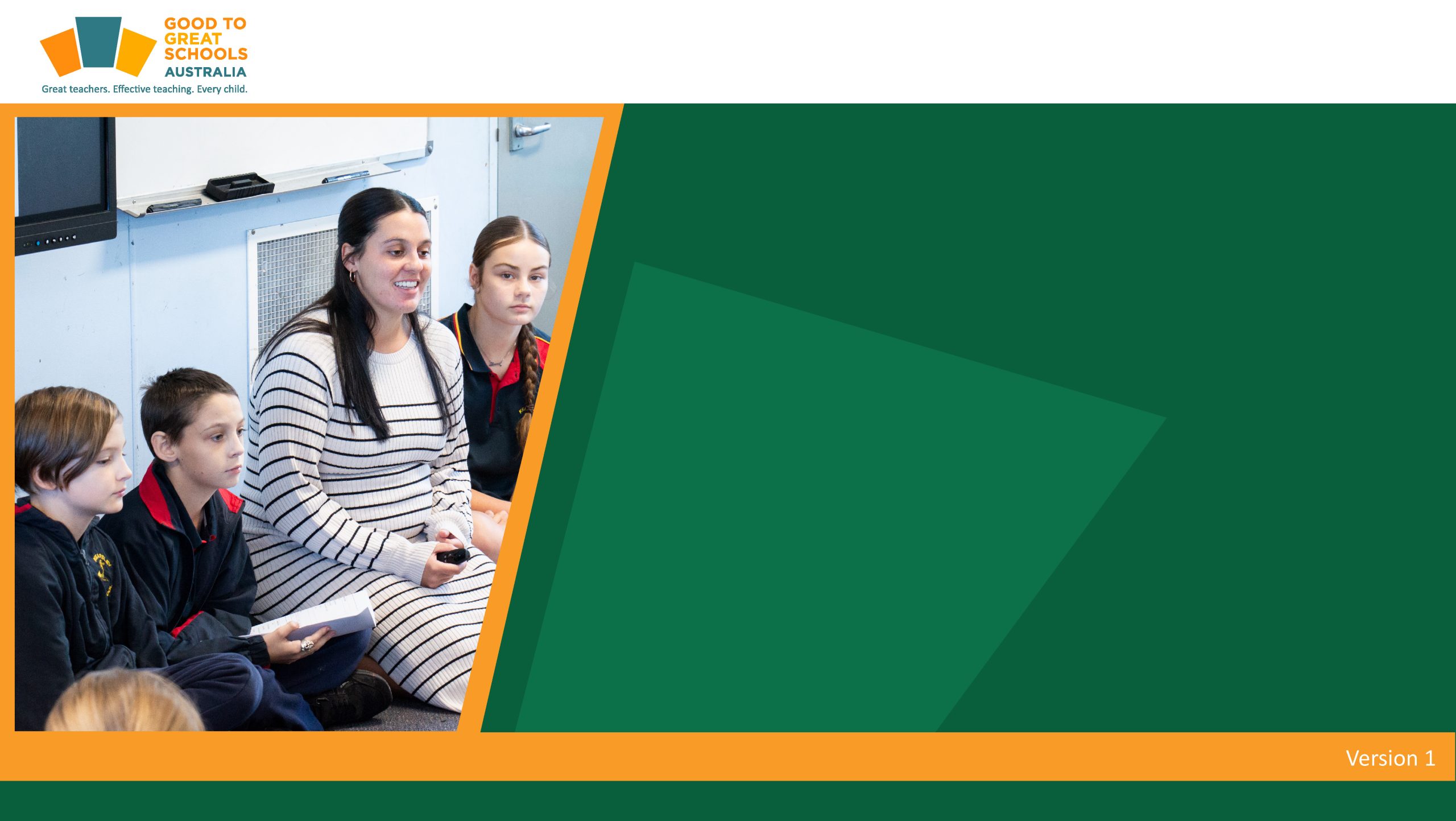Practice Prevent Problem Behaviours
-
Module Introduction2 Topics
-
Delivered With Fidelity22 Topics|2 Tests
-
Cover
-
Module Objective
-
What Happens When Preventing Problem Behaviours is Delivered with Mastery
-
The Process of How to Prevent Problem Behaviours
-
The Process for Preventing Problem Behaviours
-
The Teacher Plans for Potential Problems
-
The Impact of Planning for Potential Problems
-
The Teacher Uses Prompting
-
The Impact of Using Prompting
-
The Teacher Uses Pre-Correcting
-
The Impact of Using Pre-Correcting
-
Video: Pre-correcting Before Beginning a New Activity
-
The Teacher Uses Physical Proximity
-
The Impact of Using Physical Proximity
-
Check Your Understanding
-
The Teacher Uses Signals
-
The Impact of Using Signals
-
The Teacher Removes Distractions
-
The Impact of Removing Distractions
-
The Teacher Implements Intermittent Breaks
-
The Impact of Using Intermittent Breaks
-
Test Your Understanding
-
Cover
-
Not Delivered With Fidelity18 Topics|2 Tests
-
Cover
-
What Happens When Prevention of Problem Behaviours is Not Delivered with Fidelity
-
The Teacher Does Not Plan for Potential Problems
-
The Impact of Not Planning for Potential Problems
-
The Teacher Does Not Use Prompting
-
The Impact of Not Using Prompting
-
The Teacher Does Not Use Pre-Correcting
-
The Impact of Not Using Pre-Correcting
-
The Teacher Does Not Use Physical Proximity
-
The Impact of Not Using Physical Proximity
-
Check Your Understanding
-
The Teacher Does Not Use Signals
-
The Impact of Not Using Signals
-
The Teacher Does Not Remove Distractions
-
The Impact of Not Removing Distractions
-
The Teacher Does Not Implement Intermittent Breaks
-
The Impact of Not using Intermittent Breaks
-
Test Your Understanding
-
Cover
-
Barriers That Impede Fidelity10 Topics|2 Tests
-
Cover
-
Barriers That Impede Delivering Prevention of Problem Behaviours with Fidelity
-
Using Deductive Logic to Identify the Cause of the Barrier
-
Not Understanding Why Prevention of Problem Behaviour is Required
-
Do Not Know How to Prevent Problem Behaviour
-
Does Not Plan Time for Re-teaching Rules and Routines
-
Check Your Understanding
-
Teacher Relies on Reactive Behaviour Techniques
-
Teacher Does Not Regularly Assess the Energy Level of the Classroom
-
Test Your Understanding
-
Cover
-
Removing Barriers That Impede Fidelity15 Topics|2 Tests
-
Cover
-
Ways to Tackle Barriers So Prevention of Problem Behaviour is Delivered with Fidelity
-
Tackling the Barrier of Not Understanding Why Preventing Problem Behaviours is Required
-
Process
-
Tackling the Barrier of Not Knowing How to Prevent Problem Behaviours
-
Process
-
Tackling the Barrier of Not Planning Time for Re-teaching Rules and Routines
-
Process
-
Check Your Understanding
-
Tackling the Barrier of Relying on Reactive Behaviour Techniques
-
Tackling the Barrier of Relying on Reactive Behaviour Techniques
-
Tackling the Barrier of Not Regularly Assessing the Energy Level of the Classroom
-
Process
-
Video: Setting Students Up for Success
-
Test Your Understanding
-
Cover
-
Module Completion Survey1 Topic
The Impact of Using Physical Proximity
Jane Emperado September 24, 2024

The Impact of Using Physical Proximity

Step 1: Teacher Jonathan is reading a book aloud to his class. He notices out of the corner of his eye that Penny and Larisa are whispering back and forth to one another while he is reading.

Step 2: Jonathan does not want to stop reading to address this issue and risk losing the attention of the rest of his class. Instead, Jonathan walks over to where Penny and Larisa are sitting and continues to read without changing his tone or facial expressions.

Step 4: Jonathan can continue reading. The rest of the class stays engaged in the story. Penny and Larisa receive an indirect but clear signal of what they are doing wrong and how to correct it.

Step 3: Penny and Larisa notice Jonathan has moved closer to them and take this as a sign they must stop whispering. They stop whispering, but the behaviour has not been verbally or directly addressed.

